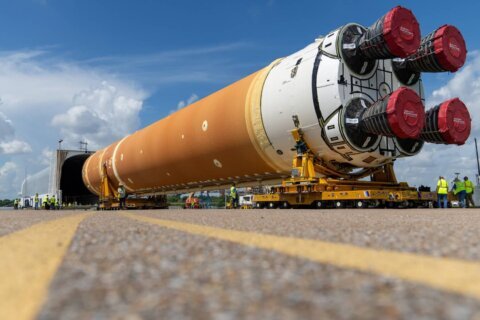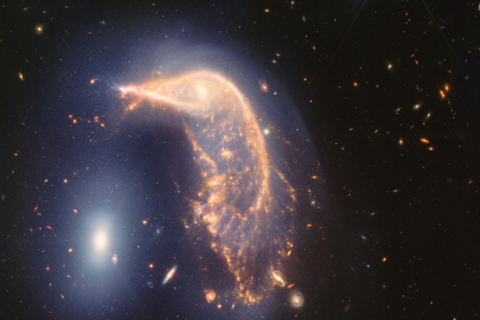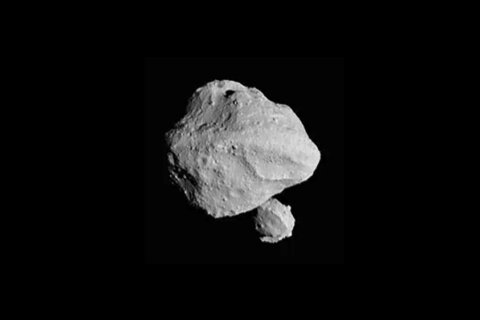A rare hybrid solar eclipse, when the moon passes between the Earth and the sun, was on view this week — but only in Australia and parts of Indonesia and East Timor. WTOP Space Reporter Greg Redfern got a coveted view of the celestial spectacular aboard a cruise ship off the coast of Australia. Here’s Redfern’s first-person commentary.
The Southern Cross and the Southern Hemisphere Milky Way were resplendent for the hundreds of ship passengers gathered on Deck 11 Wednesday night for our second star party at sea in the Indian Ocean.
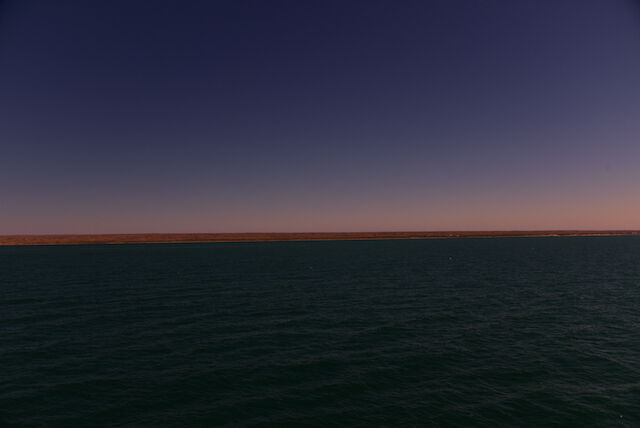
As I pointed out the stars with my green laser, the only problem was that the sky was partly cloudy and blocking our view of the whole sky. The night before had been crystal clear. Kelly Beatty, the Sky and Telescope Eclipse tour leader, assured everyone that the weather would be clear for Friday’s main event — a rare hybrid solar eclipse.
Thursday morning did indeed break clear at sunrise but some clouds were low on the horizon. People as early as 6 a.m. were getting their place on deck to view the eclipse. And with each passing hour “eclipse fever” was in the air on the ship and elsewhere in the track of the moon’s shadow.
The last hybrid total solar eclipse was in 2013 and I was on a cruise then as well. The unfortunate thing was clouds were blocking much of our view and the ship did not go to the centerline of the eclipse track for unknown reasons.
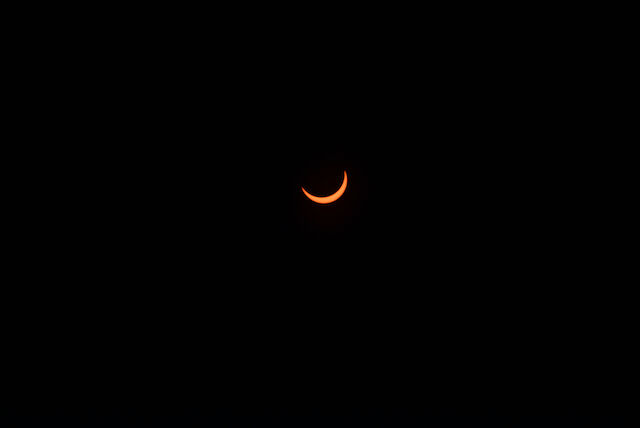
Even with this, it was a memorable event as we saw over 95% of the sun is blocked by the moon using our solar eclipse glasses and making small eclipse crescents using small holes in cardboard and our hands.
For Thursday’s eclipse, 2,100 people — 75% from Australia — bought passage on Pacific Explorer to get to a point on Earth where the unseen new moon would block out the sun for a total of 62 seconds revealing the Sun’s corona in all its glory. It is the only time on Earth we get to see the rarefied and four million degree hot atmosphere of the sun in its ghostly pearl colored light twisted by the magnetic fields of the sun.
The ship anchored in the Bay and afforded us the best stability possible for seeing the eclipse from a cruise ship. Capt. Nixon and his bridge team lined us up on the eclipse centerline where the moon’s umbra would race across the water at a supersonic 14,000 miles per hour.
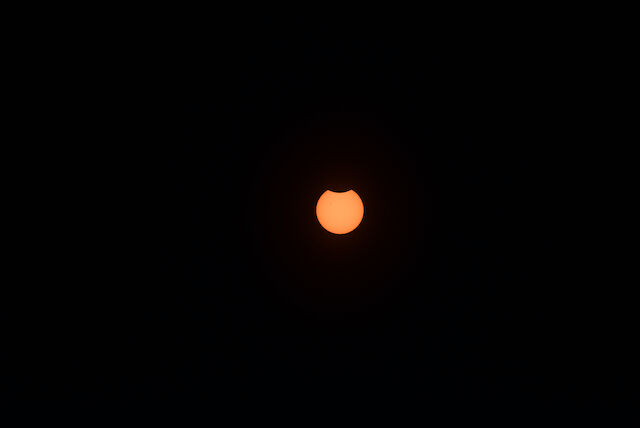
The moon started to cover the sun at about 10:04 a.m. and it took almost an hour and half to reach totality, or where the sun is completed covered.
At that moment, the sky darkens and the sun disappears to be replaced with a jet black orb surrounded by a convoluted pearly light that is, well, out of this world. People let loose with primal intensity as they become “Umbraphiles” — someone who has stood in the shadow of the Moon.
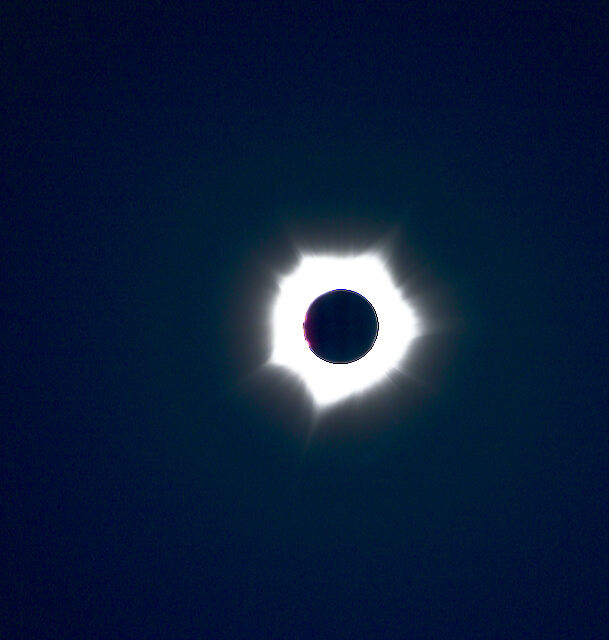
It was all over way too soon, and it always happens no matter how long totality lasts.
The first comment heard afterwards was, “When is the next one?” We don’t have long to wait as there will be an annular eclipse in October this year over parts of the U.S. and a total solar eclipse in April 2024. Better book now because accommodations are going fast for rooms and campgrounds near the eclipses’ centerlines.
Follow my astronomical adventures on Twitter @SkyGuyinVA and my daily blog to keep up with the latest news in astronomy and space exploration. You can email me at skyguyinva@gmail.com.

